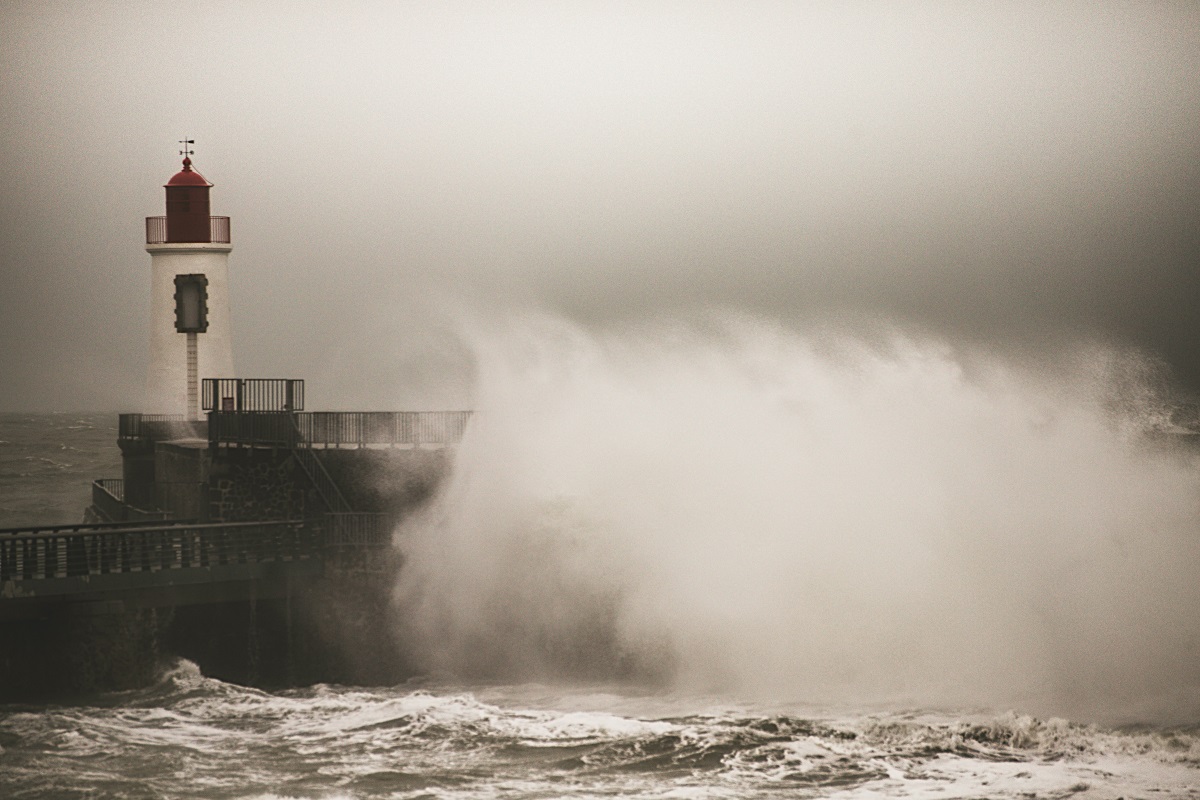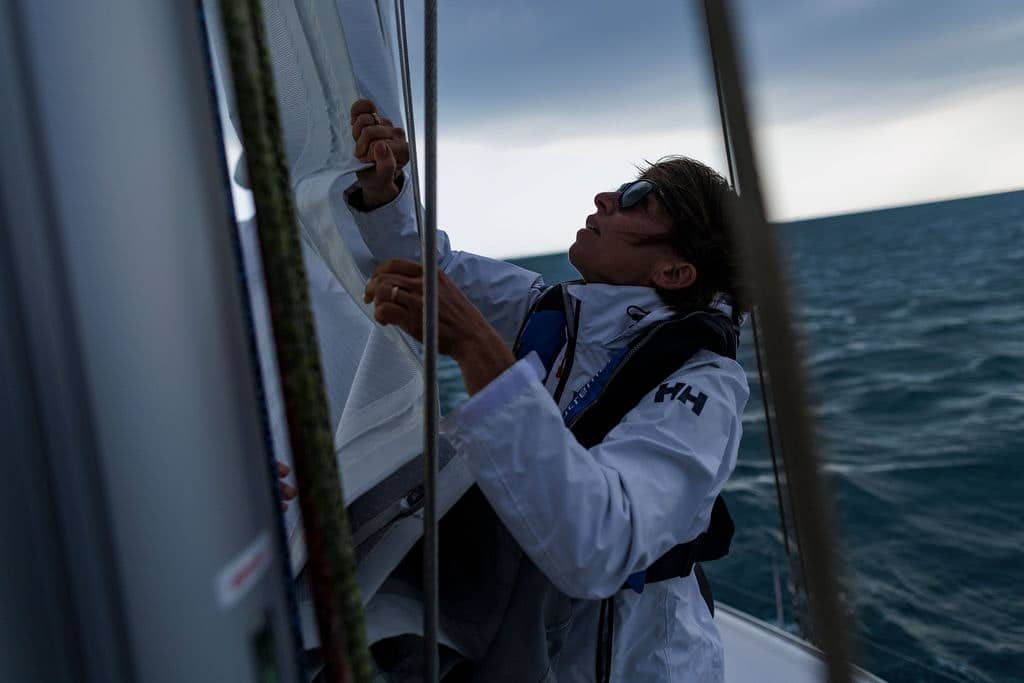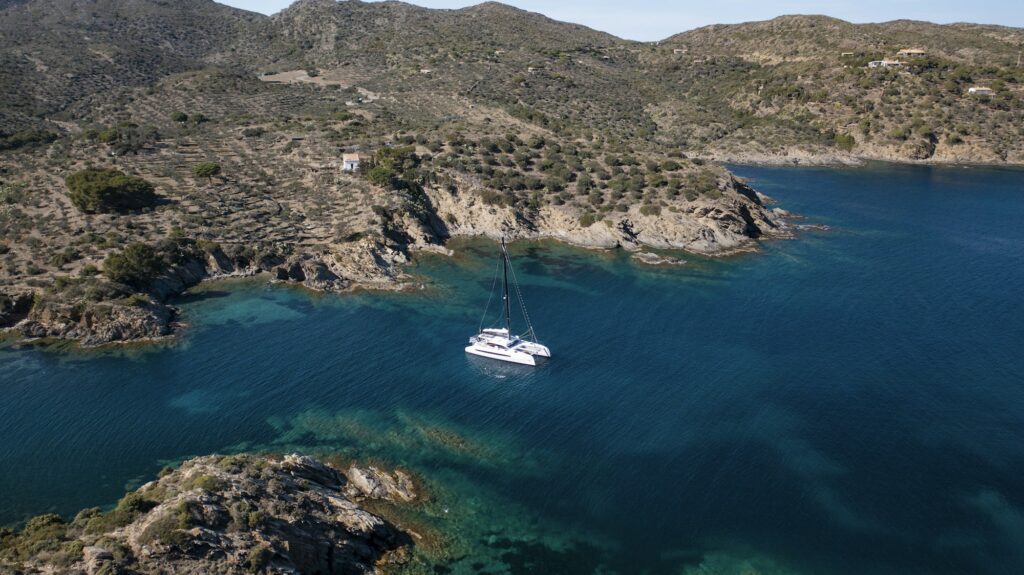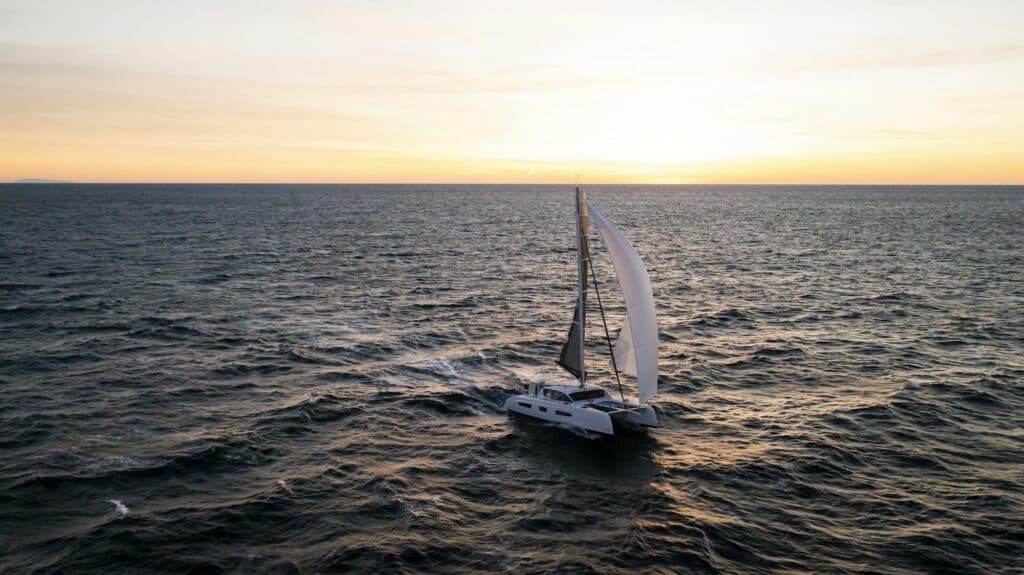
Author: Nikki Henderson
The Vendee Globe has got to be the toughest solo sporting event there is. It’s a single handed round the world sailing race without stops or assistance.
It is a race of extremes: short bursts of rest interrupted by high intensity sail changes, sail trimming or course changes; piercingly icy cold water and winds of the Southern Ocean; near unbearable heat of the two equator crossings; relentless gale upon gale in the roaring forties and furious fifties; unstable windless conditions of the doldrums.
That’s just the physical challenge, there is also the emotional test of the race. The months without seeing family, friends, partners, and children. The helplessness of being thousands of miles – maybe weeks – from an emergency flight home should a loved one need you. The soul stretching peaks and troughs of competitive energy – deep lows of regret with bad decisions, warm waves of triumph as you pull ahead, nervous adrenaline spikes with each leader board update, sensual instincts wearing ever thin as you try and try and try again to second guess mother nature’s next move. And of course, the solo aspect – balancing being alone with feeling lonely. Managing the voices inside your head – the absence of distraction from yourself.

Having raced in the Southern Ocean myself – it is a desolate place in spirit, in physicality, and in the mental state you find yourself in. Considering my experience included the comfort and safety of 20 crew members, the Vendee sounds excruciatingly tough on just such a deep level. As I sit on my sofa typing away, my PC gently warming the tops of my thighs, I feel so grateful not to be there.
And yet, as I watched the sailors slip their lines and cross the start line of the gruelling journey ahead of them, I felt pangs of jealousy. Jealousy for that sense of achievement they must feel crossing the start-line. Of the overwhelming pride they will feel at the finish.
As I watch the little boats moving south on the tracker, I feel jealous of their free spirit. Jealous of their upcoming adventure. Jealous of the challenge ahead with a clear end point -a clear goal – which feels so unlike our uncertain endless virus ridden life ahead. Jealous of their upcoming connection with nature, the wildlife they will see, the sunrises, the sunsets, the escape, the freedom.
How can one feel both a sense of dread for something, and then at the same time wish they were there themselves? This is a concept known as ‘Type 2 fun’ – a well-known phenomenon within not just the sailing community, but also the entire outdoor and adventuring community.
One of the characteristics that qualifies something for ‘Type 2 fun’ and not just ‘no – fun’ is that despite the misery, there are a few – maybe 10% – overwhelmingly incredible moments that completely outshine everything else. These are the bits you remember. These are what make a sailor want to return to the horrors of mother nature’s remote ocean life.
As an instructor, I have found that there is an art to ensuring that sailing qualifies for its ‘type 2 fun’ status. If you get it wrong, it is both miserable at the time, and miserable with hindsight. The responsibility of you as a teacher, is that if you get it wrong you may risk putting the student off sailing forever. The amount of times I have heard people recount these similar terror stories:
“Yes I tried sailing once, but …
[Insert one of the following:]
I was screamed at and never helmed again / a huge gust of wind knocked us flat and I never was so afraid I’ve never tried it again / we chartered and the first night the anchor dragged and we didn’t get a wink of sleep so we booked a hotel and handed the boat back / I was so seasick for that 24-hour trip, we pulled in early and it put me off forever” the list goes on.
To ensure that misery becomes (with hindsight) fun, the aftermath is key. The aftermath must be positive. It must be a celebration. It must contrast as far as possible to what preceded it.
For example, a warm bath and curling up round the fire is crucial after a rainy cold muddy hike. If you can take a moment to hoist the spinnaker after a relentless upwind session on the water, even if it means the trip is a few hours longer, it is always worth it. The beer on the dock does wonders for soothing the humiliation of a ‘crash landing’ type park up. And then of course the smaller things like a slap up meal after the freeze-dried storm rations, the long appointment to the heads after days of broken toilets and defecating in a bucket (if you’re lucky), or the blast of good music after a tense day amongst the crew.
Exactly one year ago today (it is in fact the anniversary as I write this) I experienced one of the best days I’ve ever had at sea that just transformed what could have been a terrible crossing, into one of the best I’ve had. It was day 12 of the unseasonal North Atlantic delivery on La Vagabonde, and my blog started:
“What a difference a day can make. If we are all flowers – today we bloomed. Music played – we did our laundry – danced a little – not to mention some stunning sailing”
It wasn’t simply the music, and the crew bonding, and the sunshine and the sleep – all good things – but it was the juxtaposition of those with the challenges of the 12 days before that made it so special. We had sailed upwind for a tense five days. We had then endured a week of just about the worst sailing I have ever done; intentionally sailing the boat under-canvassed to avoid storm Sebastien, to then sail into light airs right as we hoped to accelerate again. Progress had been heart crushingly slow. Slow until day 12. On that day, we began moving again! The remaining 1/3 of the trip averaged out at over twice the VMG (speed in the right direction) as the first two weeks. Wow it felt so good!
-> Read more: part 02



